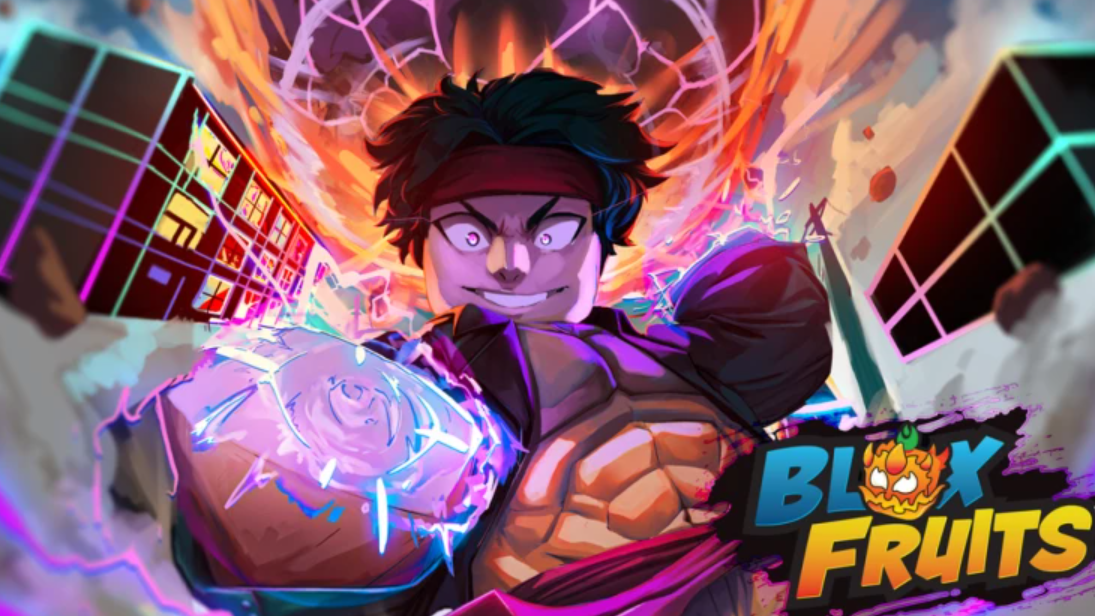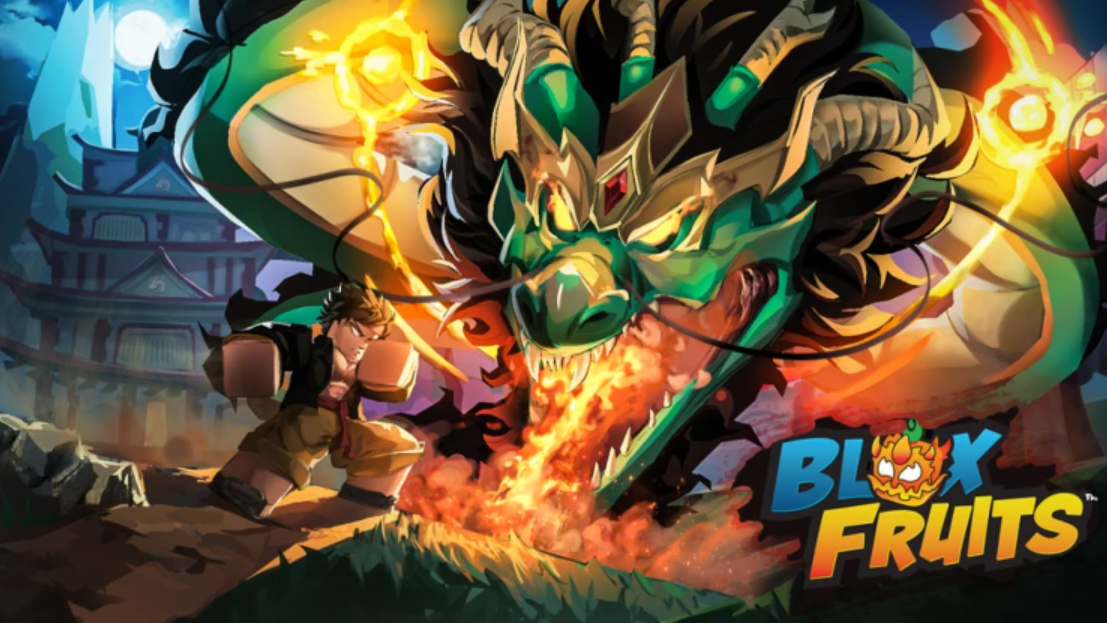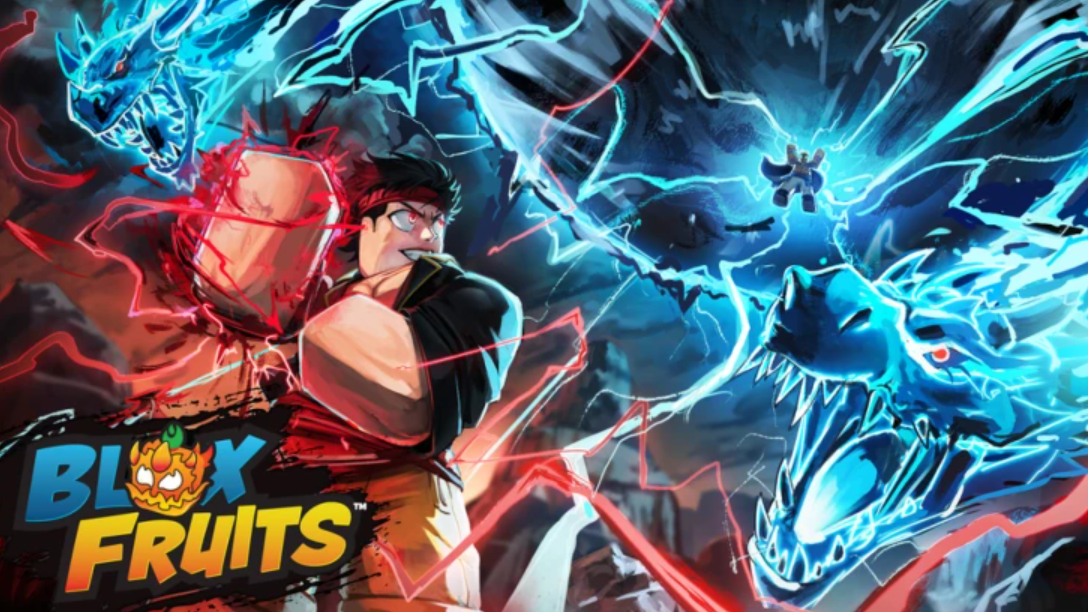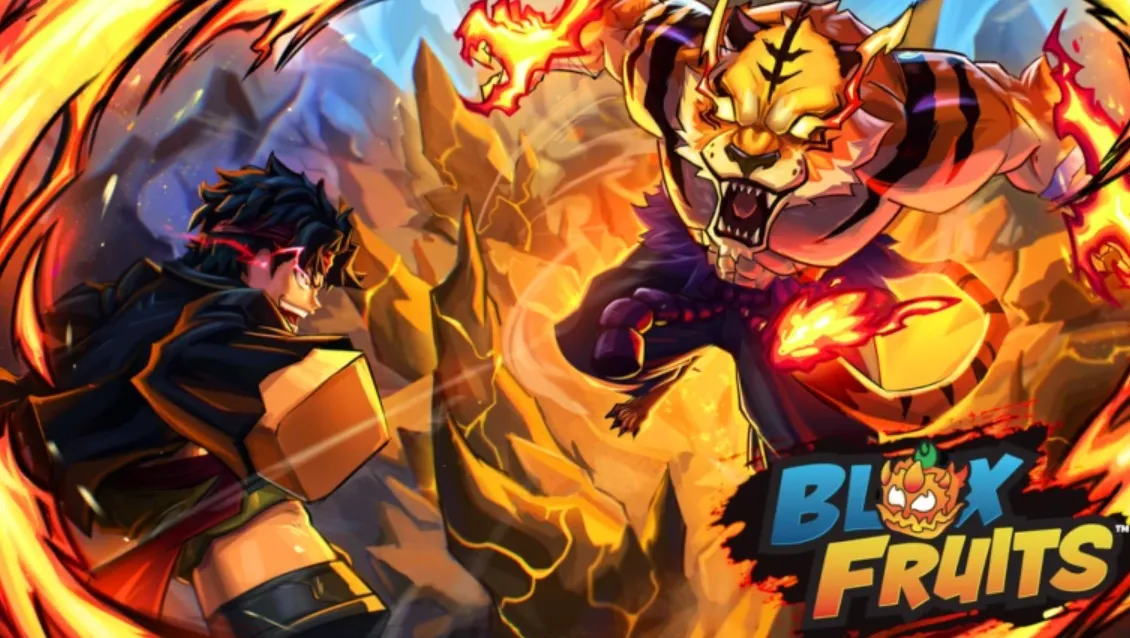Blox Fruits trading runs on numbers as much as on hype. Values, “WFL?” checks, calculators, Discord ads — they all build a shared idea of what a Dragon, Kitsune, or Yeti should be worth. The catch: none of those numbers are official, and treating a calculator like law is one of the fastest ways to ruin a trade negotiation.
Understanding how the main value platforms work, what they track, and where they go wrong makes it much easier to trade without getting scammed or boxed in by bad math.
Price vs. value in Blox Fruits trading
Two separate concepts shape every trade:
- Price is the built-in cost at the Blox Fruit Dealer — in Money or Robux. For example, Rocket costs 5,000 Money or 50 Robux, Spin is 7,500/75, and so on across the full dealer list.
- Value is what the community is currently willing to trade for that fruit, perm, token, or gamepass.
Price barely moves. Value shifts all the time with:
- Demand (how many people are actively looking for it)
- Meta strength (how good it is in PvP, raids, grinding)
- Rarity (mythical vs legendary vs common, event-limited skins, scrolls, tokens)
- Availability (in stock often vs rarely seen, still obtainable vs unobtainable)
Value lists try to capture that moving target in a single number. They’re useful, but they are not the same thing as what a fruit “deserves” in every real trade.

Perm vs physical fruits, tokens, and gamepasses
Most value platforms separate:
- Physical fruits: the items you hold in inventory and put into the in-game trading slots.
- Permanent fruits (“perms”): store purchases that permanently unlock a fruit on your account.
- Tokens and scrolls: Dragon Token, Mythical Scroll, Legendary Scroll, and similar items that effectively point back to Robux purchases.
- Gamepasses: Fruit Notifier, Dark Blade, 2x Mastery, 2x Money, +1 Fruit Storage, Fast Boats, and others.
Platforms like Dark Kitsune assign explicit values to all of these. For example (physical fruit numbers):
| Category | Item | Example listed value |
|---|---|---|
| Mythical fruit | Dragon Token | 2.7B |
| Mythical fruit | West Dragon | 1.5B |
| Mythical fruit | East Dragon | 1.2B |
| Mythical fruit | Kitsune | 300M |
| Mythical fruit | Leopard | 180M |
| Mythical fruit | Yeti | 160M |
| Mythical fruit | Gas | 75M |
| Legendary fruit | Pain | 75M |
| Legendary fruit | Lightning | 35M |
| Legendary fruit | Buddha | 10M |
| Rare fruit | Magma | 1.2M |
| Common fruit | Spike | 180k |
| Common fruit | Rocket | 5k |
| Gamepass | Fruit Notifier | 700M |
| Gamepass | Dark Blade | 315M |
| Token | Dragon Token | 2.7B |
Perm values are usually much higher than their physical versions because they track Robux more directly. Some platforms, like FruityBlox, show two numbers for each fruit: a “physical value” in coins and a “perm value” in something closer to a Robux-equivalent value.
Major Blox Fruits value platforms and what they offer
BloxfruitsValues (Cosmic Values)
BloxfruitsValues positions itself as the “official” Blox Fruits trading site. It focuses on being a full trading hub:
- Value list with trends, demand and separate perm/physical values.
- Trade Ads where you can post offers and browse others.
- Calculator that adds up both sides of a trade and flags wins and losses.
- Rating and middleman tools for safer high-value trades.
- Live chat for negotiating trades in real time.
Values here are treated as “standard” by a lot of Discord traders, especially in the larger servers that actively moderate scams.
Gamersberg calculator and WFL checker
Gamersberg offers a lightweight calculator focused on one job: comparing your offer and their offer.
- You pick items for each side (“Offer (You)” and “Request (Them)”).
- The calculator totals each side’s assigned “value”.
- It shows the difference so both players can decide if the trade is win, loss, or fair.
On top of that, it plugs into:
- A “Value and Demand” breakdown to see whether an item’s value figure has real trading volume behind it.
- Recent completed trades involving the same fruits, so you can judge if current offers match recent reality.
It doesn’t try to be a community hub; it’s closer to a handheld calculator for the trades you’re already doing.
Dark Kitsune values and calculator
Dark Kitsune maintains a detailed value grid that covers fruits, weapons, fighting styles, races, and gamepasses, plus a calculator and stock tracking.
- Values are grouped by rarity (Mythical, Legendary, Rare, Uncommon, Common).
- Each entry has a single numeric value, usually expressed in millions or billions.
- There is a Stocks page that tracks normal and Mirage dealer appearances.
- A calculator lets you plug in combinations of fruits, gamepasses, and scrolls.
One detail that often gets missed: scrolls shown in the list (Mythical Scroll at 300M, Legendary Scroll at 180M) are given per-scroll values, even though in-game you only obtain them in sets of three. That mismatch is a common source of arguments when one player treats the list as “one scroll = 300M” and the other bases everything on “three scroll pack = one tradeable unit”.
FruityBlox hourly-updated values
FruityBlox leans hard into live market data. It advertises hourly updates driven by a pool of “pro traders” and shows:
- Physical values in millions of coins.
- Permanent-equivalent values for the same fruits, often in the hundreds of millions.
- Gamepass values with a large coin-equivalent number and a separate “0” Robux price field, since you cannot buy gamepasses with Money.
That two-number layout makes the tradeoffs between perm and physical versions clear. For example:
| Item | Physical value | Perm-equivalent value |
|---|---|---|
| Kitsune | 165M | 1B |
| Yeti | 115M | 1B |
| Leopard | 50M | 975M |
| Gas | 80M | 837.5M |
| Spirit | 9M | 830M |
| Fruit Notifier (gamepass) | 505M | 0 (Robux-only) |
| Dark Blade (gamepass) | 200M | 0 (Robux-only) |
The “perm value” column makes it easier to see why, for example, someone might ask for a huge stack of physical fruits for a single perm or gamepass, even when the physical-side total looks absurd at first glance.

Blox Fruit Values mobile app
The Blox Fruit Values app on Google Play (by Apptech Solutions) brings several of these tools into one mobile package. From the store listing:
- Value list covering fruits, perms, and codes.
- Calculator for trade comparisons, with up to 4v4 items per trade ad.
- In-app trade posting and sharing to social platforms.
- Community chat with trader ratings and a group channel.
- Stock notifier that refreshes normal and Mirage dealer stock roughly every two hours.
- Private server links for grinding and trading.
- Code list for redeemable Blox Fruits codes.
- Weekly giveaways advertising items and Robux prizes.
The app also notes that it is fan-made and not connected to Blox Fruits or Roblox. It is free to install from the Play Store and includes ads and in-app purchases.
Feedback from users highlights two recurring points:
- Values sometimes lag behind fast-moving markets, making the website counterparts feel more accurate for serious traders.
- The built-in chat can be noisy and attract scammers, so reporting and link safety are important.
Why calculators and value lists often feel “wrong”
Calculator debates are a constant in the community. A typical complaint goes like this:
- Four Gas fruits vs one Kitsune shows as an “overpay” in Gas, but almost no one trading at scale would take that deal.
- Two Gas plus a small add for Yeti may come out almost equal in raw numbers, yet serious Yeti owners ignore those offers.
- Two Yetis + two Leopards vs a set of scrolls: some lists declare the scroll side “underpaying”, even though the pack of scrolls originates from a much higher Robux spend and is hard to move at listed value.
Several factors drive this disconnect:
- Demand lags the value number. Gas sitting high at 75M or 80M while nobody wants it leads to trades that are “fair on paper, dead in practice”.
- Illiquid or awkward items. Scrolls and certain skins may have high sticker values but terrible real demand. You can’t always trade one scroll at a time, or you may be forced into full-pack trades that the calculator doesn’t model.
- Speculation and self-interest. Some traders hoard a limited item, then push for higher list values, especially on hyped skins or new Mythicals.
- Social pressure. Once a big slice of the community treats one site as “official”, refusing its numbers can lock you out of trades, even when your sense of value is more realistic.
That last point shows up often on Reddit and Discord: players building overpay trades that are rejected as “L” (loss) simply because the calculator claims tiny differences that real players do not care about.
How to use value lists without letting them control your trades
Values are best treated as a starting point, not a verdict. A practical approach looks like this:
- Check multiple lists, not just one. A mythical might be 300M on Dark Kitsune, 165M on FruityBlox, and carry a different perm-equivalent again on BloxfruitsValues. The gaps show where things are unstable or controversial.
- Separate “math fair” from “market real”. If a calculator calls a trade fair but no owners accept it in active servers, the real value is higher than the list — at least for now.
- Factor in demand and liquidity. A fruit that moves instantly at a slight discount is often more useful than a technically higher-value fruit that takes days to sell.
- Respect local rules. If a Discord server or trading hub requires using a specific list, decide whether the convenience of trading there is worth following that standard.
- Use trends, not only snapshots. Look for rising or falling indicators on platforms that expose them. Avoid overpaying into a crash or panic-selling into a short-term spike.
Note: on items with pack-based reality (like scrolls), clarify with the other trader what exactly you mean — “1 scroll” in a list can effectively be “one third of a usable item” in the game.

Dealing with “calculator-only” traders
Some players refuse to move a single coin away from list values. The pattern is familiar: “I follow calculator values only” as soon as you suggest a different evaluation of Gas, Yeti, or any other hot fruit.
There are only a few realistic responses:
- Walk away quickly. If someone is treating a third-party number as a law, you have almost no room to negotiate around meta changes or upcoming reworks.
- Argue with real-trade examples. In some cases, pointing at recent trades (e.g., multiple people offering more than two Gas for Yeti) can convince them that the list is lagging behind reality. Often it won’t.
- Exploit mispricings carefully. When lists underrate an item you know is about to climb, you can make “calculator fair” trades that are real-life wins. This is exactly why these tools also attract criticism — they create room for quiet arbitrage.
Trying to “fix” a value site by arguing with individual users rarely works. It is usually more efficient to either use that site’s values to your advantage or trade in communities that treat calculators as advice, not gospel.
Where official game systems fit in (dealer stock and codes)
The only hard numbers in Blox Fruits come from the game itself:
- Dealer prices for the 41 fruits sold by the Blox Fruit Dealer, each with a fixed Money and Robux cost.
- Stock rotation at the Blox Fruit Dealer, which cycles through different fruits on a fixed time grid (for example, every four hours in specific time zones).
- Event availability for fruits, scrolls, and skins, which flips items from “obtainable” to “legacy”.
- Official redeem codes that give 2x EXP, stat resets, or other boosts for a limited time.
Value platforms and apps tap into these systems in different ways. FruityBlox and Blox Fruit Values watch stock to estimate supply; several apps maintain live stock pages and push notifications when certain fruits enter the shop. That doesn’t tell you what something should be worth, but it explains why values spike when stock is dry or drop when a rare fruit appears more often than expected.
Trading well in Blox Fruits is about combining three things: the shared language of value lists, your own sense of demand and meta strength, and what you see happening in live servers. Use calculators and hourly-updated values to avoid obvious scams and wild mispricing, but be ready to ignore them when real buyers and sellers are telling a different story.


